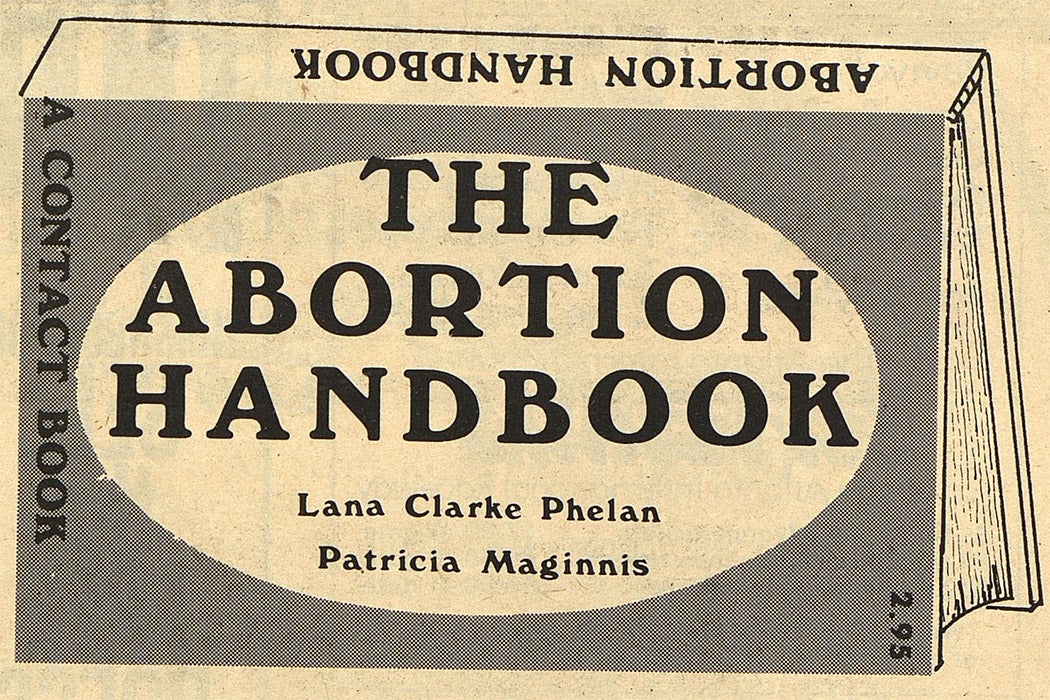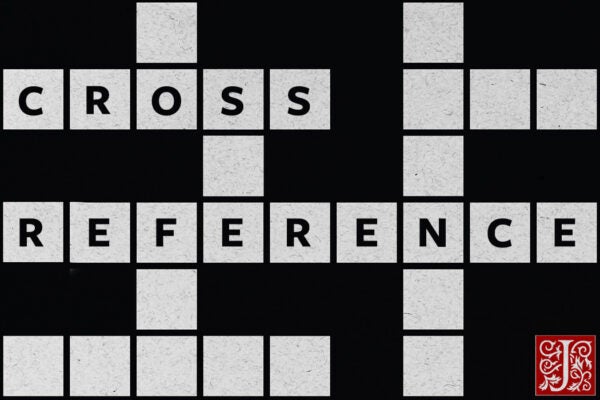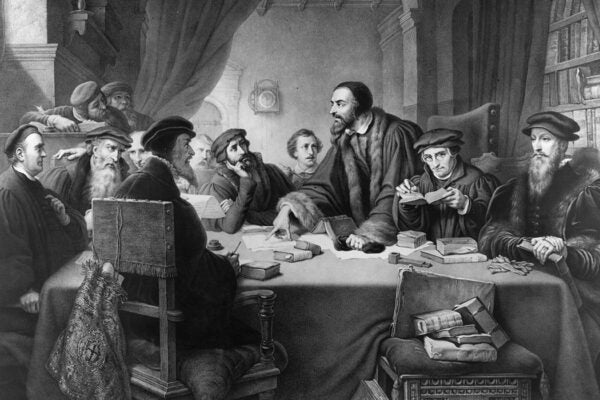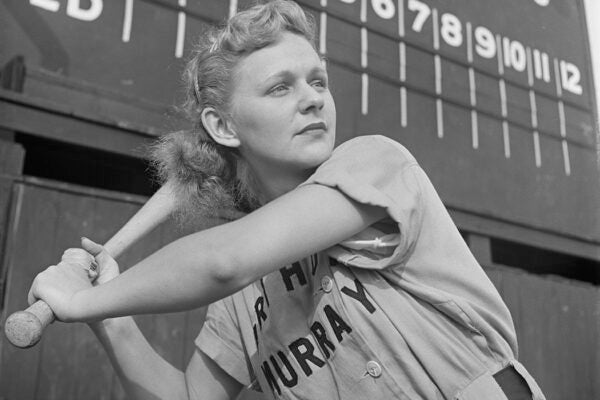Welcome to Ask a Professor, our series that offers an insider’s view of life in academia. This month we interviewed Alicia Gutierrez-Romine, Associate Professor in the Department of History at California State University, San Bernardino. She was recently awarded a Molina Fellowship in the History of Medicine and Allied Sciences at the Huntington Library and a Haynes Faculty Research Fellowship. Gutierrez-Romine also serves as Co-Coordinator for the Mellon Mays Undergraduate Fellowship Program.
Historian Alicia Gutierrez-Romine looks at what happens when governing institutions, racial ideologies, and public health policies collide. An expert in the history of abortion in the United States with a particular focus on California and the borderlands, Gutierrez-Romine sees parallels in historical events with contemporary public health practice and policies. Her current project, “In Defense of National Wellbeing”: Public Health and the Racialization of Disease in California, explores intersections of public health, race, and national belonging in California through four disease epidemics from 1850–1933. Building on earlier work on the history of abortion in California and the borderlands, she analyzes language, local public health responses, and national immigration policy to show how medicine and public health functioned to racialize and exclude immigrants while upholding white supremacy in California—and nationally—through the purportedly neutral veneer of science.
Gutierrez-Romine has also written on race and medicine in Jim Crow California as lived by Dr. Edna Griffin (1905–1992), Pasadena’s first Black female physician. Drawing on her expertise in the history of reproductive rights, she’s a contributor to Roe v. Wade: Fifty Years After (2024) and to The Nursing Clio Reader: Histories of Sex, Reproduction, and Justice (forthcoming, 2025).
What’s something most people don’t know about your field?
For one, I’m not really sure what my field is. I was trained as a historian with specialties in race and ethnicity and gender and sexuality and a regional focus on California, the US West, and borderlands. My research interests tend to be where these specialties intersect with public health or professional medicine, and often the law. I would argue there’s been a bit of a renaissance in medical humanities since COVID. I think COVID shined a light onto the different ways that this research was relevant after so many people saw the impact a virus could have on our lives. Studying medical humanities provides opportunities for reflection, allows us to focus on empathy and emotions, and provides an outlet for us to grapple with ethical and moral issues—or perhaps, can help us identify patterns. I suppose something most people might not know is that more medical schools are incorporating the medical humanities into their curriculum. One study of the top thirty-one medical schools in the US found that 52 percent of them had humanities-focused centers; nevertheless, most of these courses are electives, as only three schools required courses in medical humanities to graduate.
What’s the best discovery you’ve made in your research?
I think I was most excited when I discovered the Pacific Coast Abortion Ring in the archives (see chapter five in my book, From Back Alley to the Border: Criminal Abortion in California, 1920–1969). I didn’t go into the archives with the expectation that I was going to write about the history of abortion, so when I suddenly saw documents about a black-market abortion ring that was headquartered in Los Angeles, I was immediately drawn in. It just reeked of a Hollywood LA noir story.
More to Explore
When San Francisco Feminists Rated Mexican Abortions
Do you have a favorite classroom moment?
Maybe not a singular moment, but a class—yes. In my first year at my current institution, I got to teach a seminar class I titled “Borders and Bodies.” The reading list was all things that I wanted to get through for my current research (“In Defense of National Wellbeing: Public Health and the Racialization of Disease in California), and it was nice to be able to focus on the literature I needed and to have a group of about twenty students going through it with me. The discussions were amazing, the students were invested in the topic, and we just had a great time.
Weekly Newsletter
What’s the next big thing in your field?
I think we’re going to continue to see research exploring intersections of medicine, public health, and civil liberties. The Dobbs decision was a catalyst for historians of abortion, like me, who found fault with Justice Alito’s attempts at historical interpretation. Claiming that the United States does not have a “deeply rooted” history of abortion is patently false. Abortion has always been a common, pervasive, but often personal issue that women have experienced for centuries. We are starting to see historians push against his assertions more forcefully by highlighting the impact that these laws—which aim to regulate and control women’s bodies—have had over time. However, women’s experiences are often underrepresented in history curriculum. Organizations like the Remedial Herstory Project are so important right now as we witness attempts to literally erase the contributions of women, women of color, and people of color, generally, in our histories.
What’s on your bedside table? What’s your next read?
You’re going to find my phone charger, a bottle of water, earplugs, my eye mask, and glasses. You’ll also usually find a book. For leisurely bedtime reading I like horror and crime fiction, but every now and then I do tackle a biography. I just finished 56 Days by Catherine Ryan Howard. My next read is either going to be Exposure by Ramona Emerson or The Eyes are the Best Part by Monika Kim. I haven’t decided which to pluck from my growing to-be-read pile.
Support JSTOR Daily! Join our membership program on Patreon today.








